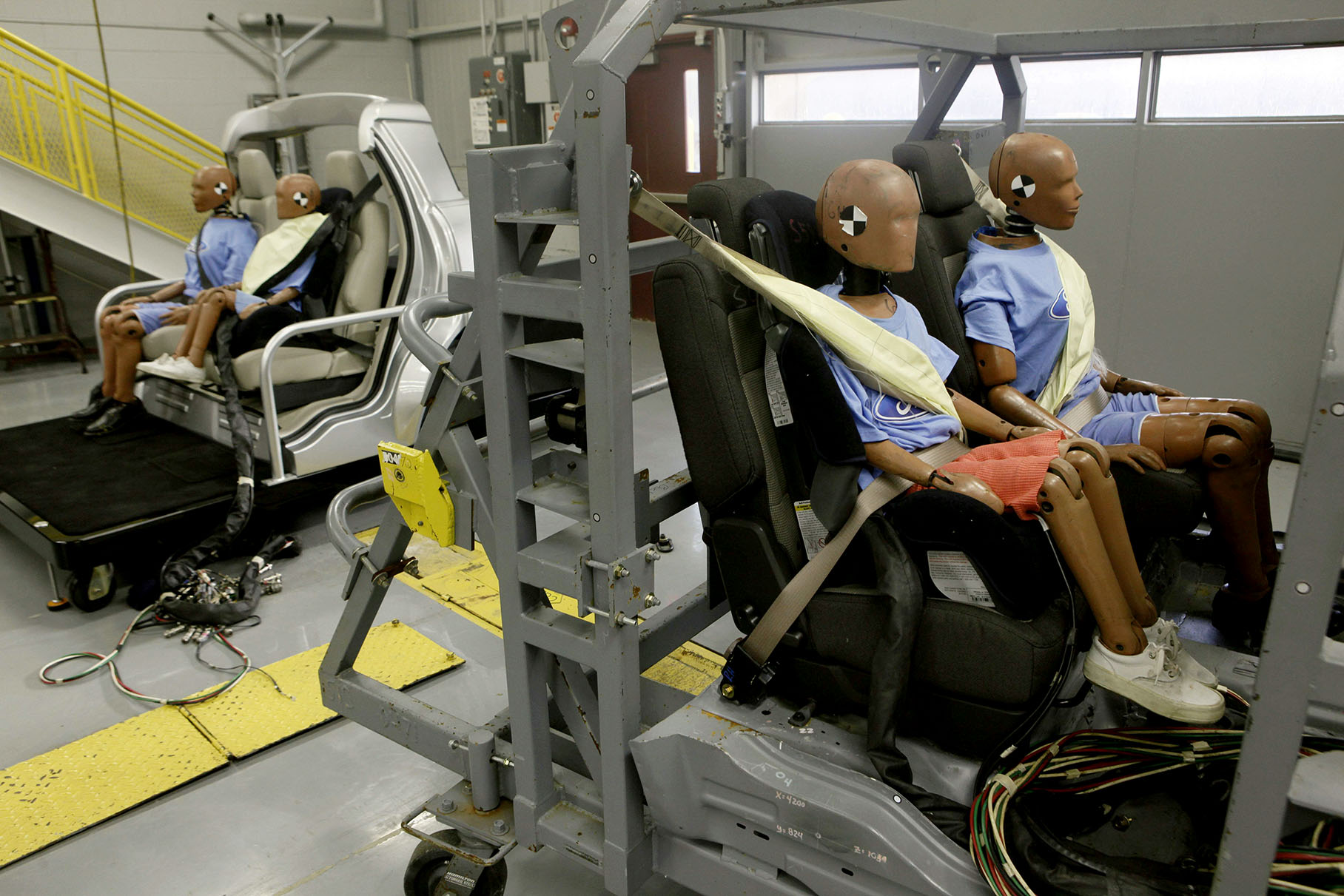Get better belt safety
Buckling up is a life-saving decision all can make.
The Editorial Board
Sat, 30 Nov 2019 05:00:00 GMT
Using a seat belt will protect an adult better in a crash than going unbuckled, front seat or back.
That’s the consensus view among two key groups that pay attention to the issue: the insurance industry and government safety agencies.
Ohio government has some catching up to do. Lawmakers in Lansing could do better too.
In a 2016 phone survey, a quarter of adults who don’t buckle up in the back seat told the Insurance Institute for Highway Safety that “they believe the rear seat is safer than the front, so using a belt isn’t necessary,” according to the institute.
A recent report by the Governors Highway Safety Administration says that myth must die to save lives.
“‘It’s safer in the rear seat so I don’t need a seat belt’ is no longer a valid excuse for not buckling up,” the report says, estimating that buckling up in the back seat would have saved 462 lives in crashes involving passenger vehicles in 2018 alone.
Today’s understanding of the relative safety of the back seat is outdated, according to the insurance institute. Better seat belt technology, airbags, and vehicles designed to protect people from injuries in a crash, it said, “have narrowed the safety advantages of riding in the rear seat for teens and adults.”
The law says only those 14 and younger must buckle up in the back seat of a passenger vehicle in Ohio. Those 15 and over must wear a seat belt while riding in a front seat. Failure to do so is a secondary offense, meaning it cannot be enforced without another offense cited first. The fines for failure to wear a seat belt up front is $30 in the driver’s seat and $20 in the passenger seat.
Those 15 and older are not required to wear a seat belt in the back seat of a passenger vehicle at all in Ohio.
In Michigan, failure to wear a seat belt up front is a primary offense, meaning a vehicle can be stopped and charged just for that, and all riders 16 and over are required to wear one. The fine for failing to do so is $25 for a first offense.
The Governors Highway Safety Administration report suggests requiring seat belt use by all rear-seat passengers. It notes that rear seat belt use is 83 percent in states that require it compared to 74 percent in states without a mandate.
The administration’s report also calls for a primary rear seat belt law.
And, it recommends enforcement and public outreach strategies that “have a common goal: all occupants should buckle up, all the time, on every trip.”
On this score, the law enforcement in both Ohio and Michigan participate in Click It or Ticket, a nationwide campaign aimed at getting people to wear their seat belts through traffic stops and enforcement. Ohio’s effort in this regard would be a lot more effective if not wearing a seat belt was a primary offense, and Michigan should change its law to require seat belt use for back seat passengers as well.
Buckling up is a life-saving decision all can make. Lawmakers in both states should act to keep people safer in crashes.

Many adults say they don’t need seat belts in a vehicle’s back seat because it’s a safer place to ride. The Insurance Institute for Highway Safety says that excuse is no longer valid.